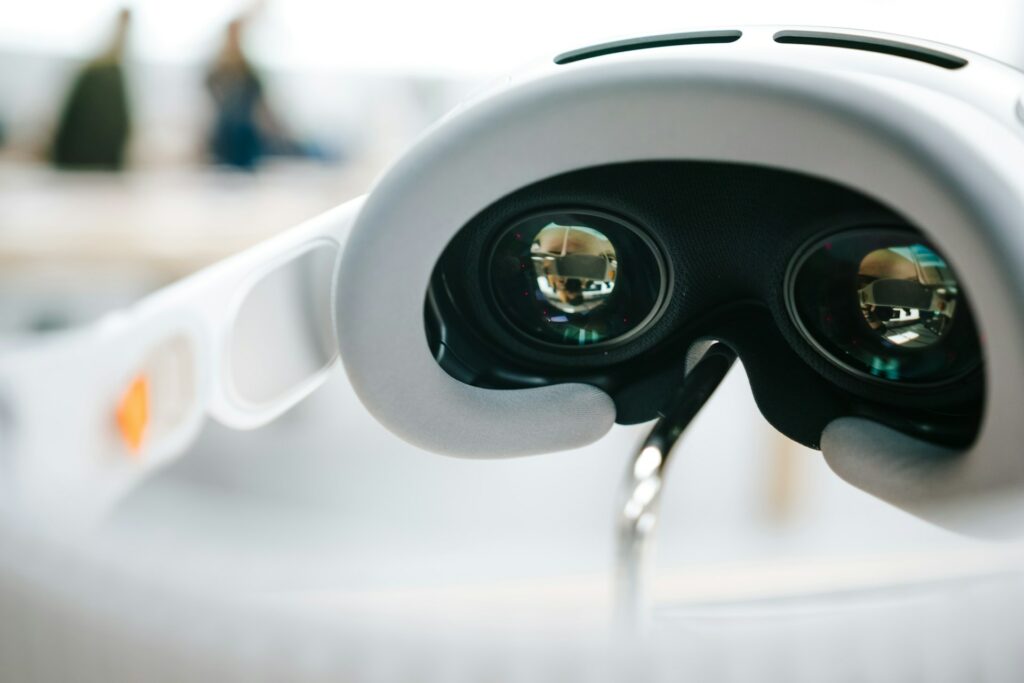The Rise of Smart Glasses: Are They the Next Smartphone?

The Rise of Smart Glasses: Are They the Next Smartphone?
It was just a few years ago that the concept of wearing a pair of glasses that could snap images, display messages, translate languages, and even direct you with GPS seemed like something out of a science fiction movie. However, technological advancements are always being made, and here we are, on the cusp of a new age in which smart glasses are not only a reality but also undergoing rapid development.
Numerous individuals are already pondering the subject, “Are smart glasses going to be the next smartphone?”
Taking a Brief Look Back: From Google Glass to the Present Day
When Google Glass was originally shown to the public in 2013, it was a groundbreaking product that was also ahead of its time. Despite the fact that people were fascinated, the world was not yet prepared. Concerns were raised over privacy, the functionality was restricted, and, if we are being really honest, the style was not exactly stylish.
A fast forward to the present day reveals that the technological environment is considerably different. Smart glasses are receiving significant investments from a variety of companies, including Meta, Apple, Xiaomi, and Ray-Ban (in conjunction with Meta). These technologies are more socially acceptable, smarter, and thinner than their predecessors. Voice assistants, augmented reality (AR), camera capabilities, and seamless interaction with smartphones are some of the features that have significantly contributed to their increased applicability.
What Are the Capabilities of Smart Glasses?
Nowadays, smart glasses are capable of doing a great deal. These wearable technologies are blurring the borders between what a phone can do and what your glasses can now do. For example, they can read your WhatsApp messages aloud while you are walking, and they can also provide you with a translation of a discussion in real time.
Voice commands, audio navigation, health monitoring, face recognition, and camera streaming are some of the features that are available on some models. Others are beginning to experiment with augmented reality, which enables digital information to be superimposed on the physical environment. It is possible to imagine street signs floating over roadways or restaurant ratings appearing in front of a café.
Would They Be Able to Take the Place of Smartphones?
At least, not quite yet. Not quite yet. Despite this, smartphones continue to be the focal point of our digital life. They manage everything from finance to photography, gamers to video editors, and everything in between. At this point in time, smart glasses are more comparable to a supporting gadget. They are not intended to replace your phone but rather to supplement it. The displays are on the smaller side, the battery life is restricted, and the applications are still getting up to speed.
Nevertheless, the potential is enormous. Just for a moment, try to picture a future in which you no longer have to take your phone out of your pocket. Your voice, gestures, or eye motions are the means by which you may manage everything that is included inside your glasses, including your calls, messages, maps, and social media accounts. The truth of the situation is not too far away.
What causes them to be so hesitant?
The adoption of smart glasses is being slowed down by a number factors, including the following:
- To put it simply, no one wants to spend the whole day wearing glasses that are cumbersome and heavy.
- The compression of strong features into a small frame results in a rapid depletion of the battery’s power supply.
- Concerns over privacy: individuals are worried about being recorded without their knowledge.
- In terms of cost, advanced models continue to be too pricey for normal users.
- It seems probable that smart glasses will continue to be a fun gadget rather than a complete substitute for your smartphone until these concerns are fixed.
Now, what does the future hold?
It seems that smart glasses have a bright future ahead of them. It is possible that these glasses will become the main interface for digital life as artificial intelligence (AI) gets more powerful, augmented reality (AR) becomes more immersive, and technology becomes more compact. Think about it: there will be no more screens; you will only see the world in front of you when it is upgraded and augmented.
Within the next five to ten years, it is quite probable that smart glasses will not only be an accessory; rather, they may constitute the gadget itself. There is a possibility that the smartphone as we know it may become less noticeable.





